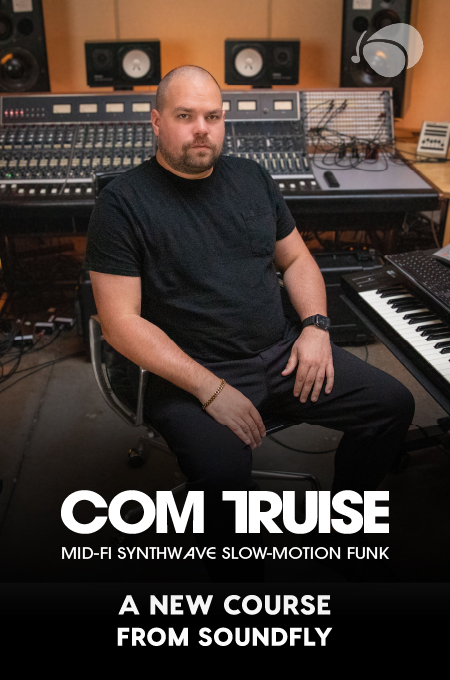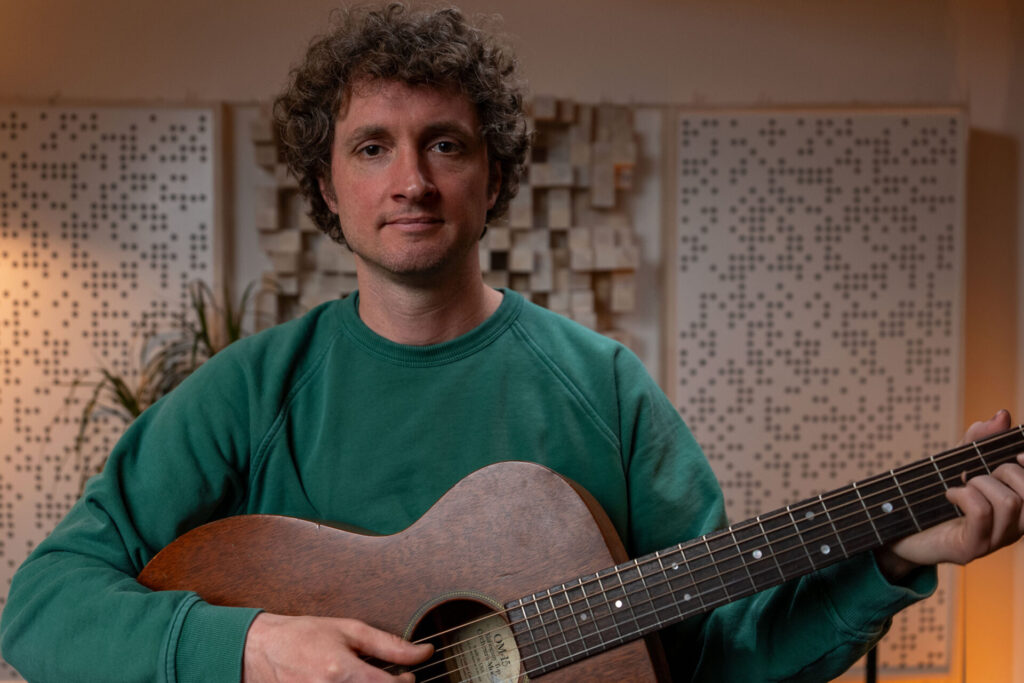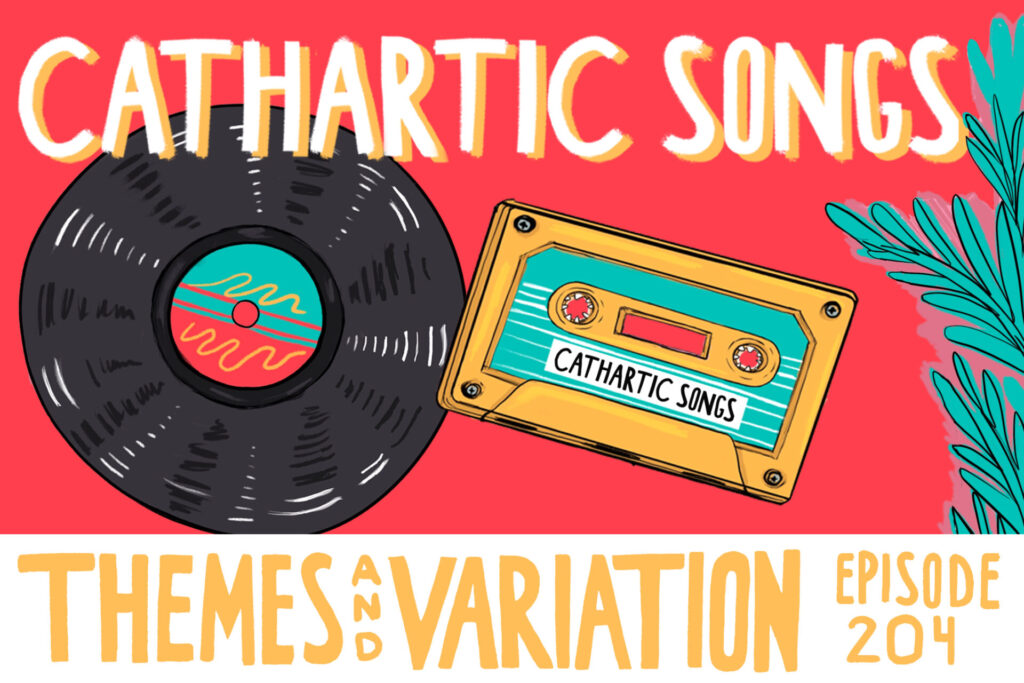In the above video (courtesy of our free course The West Side Story Companion created in partnership with Carnegie Hall), we dive deep into the score of the greatest American musical of all time. This video features insights from Grammy-winning conductor Marin Alsop about the harmonic, melodic, and rhythmic backbone of the piece’s musical score.
In West Side Story, composer Leonard Bernstein uses the common interval of the tritone throughout the entire score to represent the various forms of conflict in the drama that need resolution: the rival gangs, the forbidden love and the conflicted heart, the family schisms, etc. That simple compositional tool, applied across the broad landscape of the music, communicates emotionally very effectively, as the tritone begs to be resolved, and can be done so in a number of ways.
The tritone is an interval built from two notes separated by three whole tones, or six semitones. It has been used in music since the Middle Ages, and was often referred to in early music as diabolus in musica, or “the devil’s interval,” due to its unstable quality. In any scale, it can be made using either an augmented fourth or diminished fifth, as seen below.

Here, Bernstein uses it as a vessel for creating micro-resolutions throughout the story to keep it moving forward. Yet, as Alsop explains, the final bars of West Side Story do not feature a resolution. At the end of the musical score, two tritones sit next to each other, unresolved, as a way of communicating without language the notion that the story may be over, but conflicts remain (both internally in the lives of the characters, and in the world we inhabit outside of the theatre). This courageous move — subtle yet voluminous in scope — is one of the reasons why this work continues to be performed year after year, and why its relevance continues to be renewed.
If you’re interested in learning more about the music, the lyrics, the choreography, the drama, and the sociopolitical underpinnings of West Side Story, don’t sleep on checking out the full course, A West Side Story Companion, for free!
And if you’re an actor yourself, join the Soundfly team and voice coach Amy Stewart in our popular Mainstage course, Music Theory for Broadway Actors, to learn the complex theoretical language that makes musical theatre tick, with personal mentorship from Stewart herself.
More About The Somewhere Project
In celebration of Carnegie Hall’s 125th anniversary season in 2016, the Weill Music Institute (WMI) launched The Somewhere Project, a citywide exploration of West Side Story. Soundfly’s in-depth course is the companion piece to that project — taking you through the many ins and outs of the music, dance, staging, and story of West Side Story to inspire your own great work of art.
Hear from Jamie Bernstein, Leonard Bernstein’s daughter, as well as Grammy-winning conductor Marin Alsop, Tony-winning music director Leslie Stifelman, former student of Jerome Robbins Julio Monge, and other experts on what made West Side Story so unique. Experiencing West Side Story as a celebration of community and music will encourage artists and audiences to consider the work’s timeless themes, inviting them to embrace the vision of New York City as a “place for us.”
Want to get all of Soundfly’s premium online courses for a low monthly cost?
Subscribe to get unlimited access to all of our course content, an invitation to join our members-only Slack community forum, exclusive perks from partner brands, and massive discounts on personalized mentor sessions for guided learning. Learn what you want, whenever you want, with total freedom.




